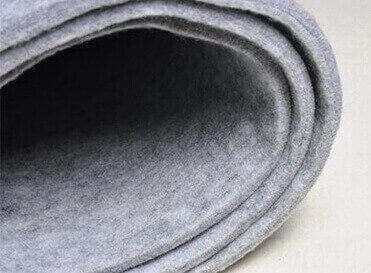Bamboo Fiber Spunlace Nonwoven Fabric
Here’s how Bamboo Fiber Spunlace Nonwoven Fabric is typically produced:
Bamboo Fiber Preparation: Bamboo is harvested and processed to extract fibers. The fibers are then cleaned and prepared for manufacturing.
Blending and Web Formation: Bamboo fibers are blended and formed into a web using a web forming machine.
Spunlace Process: The web of bamboo fibers is subjected to high-pressure water jets in a spunlace machine, entangling the fibers to form a strong and durable nonwoven fabric.
Finishing: After the spunlace process, the fabric may undergo additional treatments such as drying, heat setting, and optional finishing treatments like antibacterial coatings.

key Characteristics
Natural and Eco-friendly: Made from bamboo fibers, which are renewable and biodegradable, making it environmentally sustainable.
Soft and Comfortable: Bamboo fibers are naturally smooth and soft to the touch, making the fabric gentle on the skin.
High Absorbency: Bamboo fibers have excellent moisture absorption properties, making this fabric ideal for products requiring high absorbency.
Breathability: The structure of bamboo fiber allows for good air permeability, keeping the skin cool and comfortable.
Antibacterial and Antimicrobial: Bamboo fibers possess natural antibacterial properties, reducing the growth of bacteria and odor.
Biodegradable: Bamboo is a naturally biodegradable material, contributing to reduced environmental impact.
Application

MEDICAL
Disposable KN95/N95 mask

CLOTHING
Clothing interlining fabric, artificial leather base fabric/shoe lining

HOUSEHOLD
Nonwoven curtains, carpets

AUTOMOTIVE
Car interior lining

CONSTRUCTION
Asphalt felt base fabric

GEOTEXTILE
Geotextile

INDUSTRY
PET skeleton fabric
